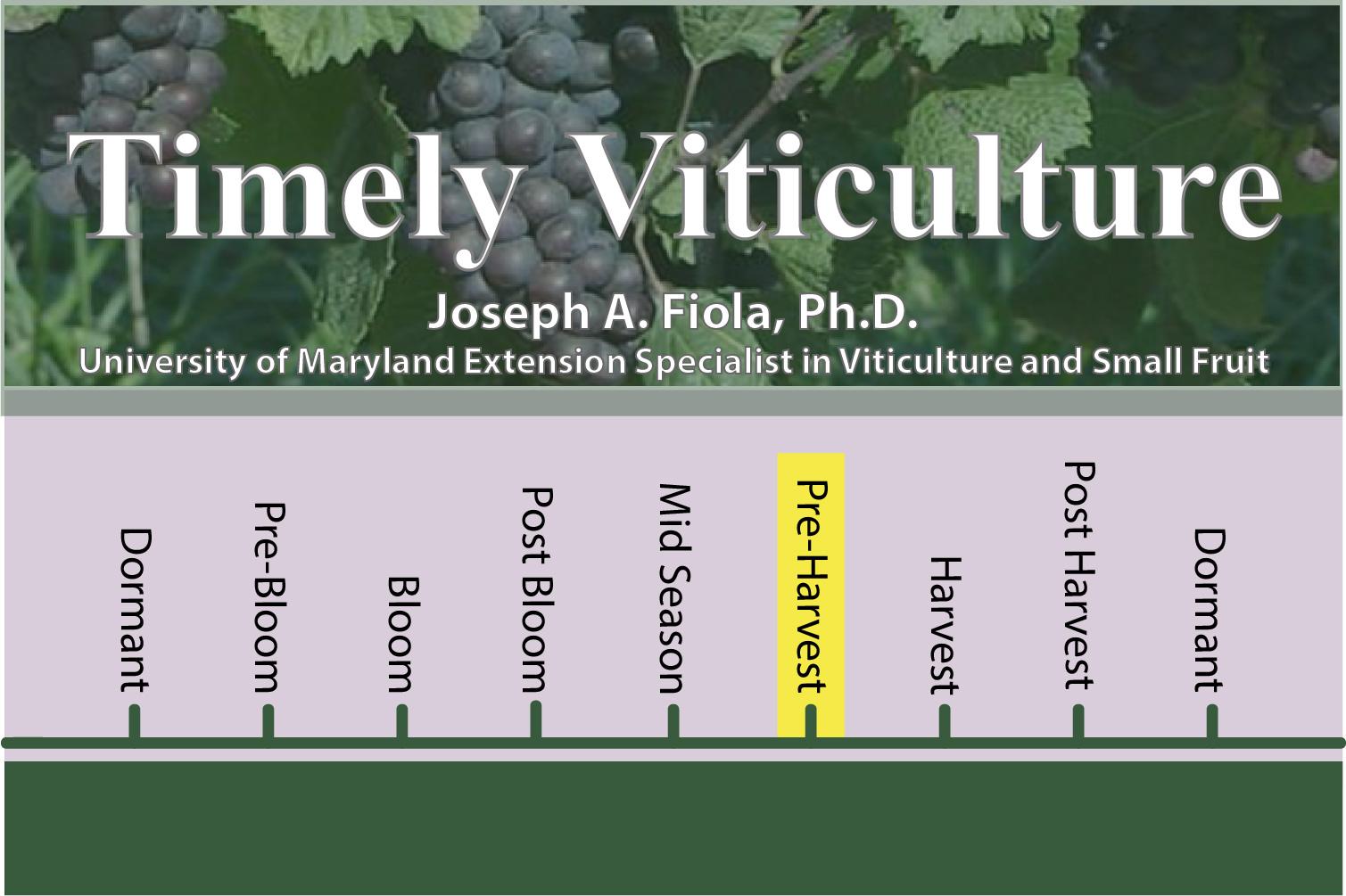Nematode Sampling
Nematodes are worm-shaped animals found in many different environments and 10% of known nematode species are parasites of plants. Plant-parasitic nematodes are thread-like, virtually invisible to the naked eye when in the soil or within plant material, and range from 1/50 to 1/8 of an inch (0.2 to 4.0 mm) long with a diameter of about 1/1000 of an inch (30 µm). The majority of these parasites feed on roots and interfere with the uptake of water and minerals and the transport of nutrients to the shoot. Additionally, they are thought to inject injurious substances into the plant when they feed, their damage allows entry of disease-causing fungi and bacteria, and certain nematode species also are known to transmit viruses that are pathogenic to grapevines.
Many plant-parasitic nematodes have a wide host range while a few are host specific. They feed and reproduce on many different weeds, allowing them to inhabit fallow non-production fields. Living host tissue is required by the plant-parasitic nematodes for their growth and reproduction, however, most plant-parasitic nematodes contain large food reserves enabling them to survive for long periods of time in the absence of living host tissues. Some species may over-winter in decaying plant material in the soil or in or on the roots of perennial plants. A few plant-parasitic nematode species can survive in the soil in a dormant state within cysts for many years.
Bottom line, if you are planning on planting a new vineyard in a virgin area, or more importantly replanting an area that was previously planted to grapes or another fruit crop, you should sample for the presence and prevalence of plant-parasitic nematodes before you plant the vines. If nematodes are present in the soil at populations above-known thresholds, they can greatly inhibit the proper establishment and survival of the new vines and spread deleterious viruses. There are limited treatments for nematodes once the grapevines are planted, so is very desirable that you know the populations of the various nematodes that can adversely affect grapevine establishment and virus spread BEFORE you plant.
This sampling procedure is fairly simple and is relatively inexpensive. If you are planning on planting in the spring, we are now in the optimal period for sampling your soil. The report obtained from the analysis of the sample will provide a listing of the types of nematodes present and the size of their populations. These numbers will be compared against “thresholds” to help determine if management procedures are warranted. Sampling is a critical component of determining if you will need to initiate a BIO-RENOVATION program to control the nematodes, increase your organic matter, and prepare your plot for planting. Details on BIO-RENOVATION are at the end of the article.
Please check the sites below for additional information and directions on the sampling and handling of samples. Remember, nematodes must be assayed while still alive, therefore the sample must be collected and treated in such a manner as to arrive at the lab with them still active. Mostly this involves expedience and cool, moist conditions. See the specific instructions and rates at the site below. As always additional information is available on my website and the listed links.
The Virginia Tech Nematode Assay Laboratory is the main lab in the Mid-Atlantic to have the sample evaluated. The site contains detail on How to Sample and Where to Sample (Sampling procedure and the submission form (pdf).
If the analysis report from the samples shows that your soil has specific species of nematodes that are over the threshold, it is recommended that a BIO-RENOVATION procedure is conducted to manage the nematodes to a level that is below the acceptable thresholds and will give your vines the best chance for proper establishment. These procedures have been shown to be effective in dropping the nematode populations below the threshold to allow for the proper establishment of the grapevines and increasing organic matter.
Resources
- Pre-Plant BioRenovation and Soil Conditioning For New Vineyard and Small Fruit Plantings
Joseph Fiola, Ph.D., Specialist in Viticulture and Small Fruits, University of Maryland Extension
- Nematodes
Grapes, eXtension.org
Timely Viticulture is designed to give those in the Maryland grape industry a timely reminder on procedures or topics they should be considering in the vineyard.
